Mastering the art of preparing vegetables is a must for every cook. Here we’ll teach you the skills you need to cook any vegetable under the sun!
Research has shown us time and time again that vegetables should make up the bulk of our diet. They’re packed with vitamins, minerals, antioxidants, and phytonutrients that perform wonders for our health and wellbeing. But in order for us to really reap the benefits of vegetables, we need to confidently know how to prepare them so they can be enjoyable and fun!
How many times have you purchased a big bag of baby arugula or a bushel of radishes only to find them at the back of your fridge over a week later – sad, wilted and destined for the trash? Or what about the incessant amount of “boring” vegetables you’ve consumed because you really didn’t know how to prepare them? Yup, us too.
Say goodbye to all of your vegetable woes, we’re here to help! Today you’re going to learn all about the different types of vegetables in addition to how to prepare them and cook them.
Let’s get started!
How To Cook Any Vegetable
Technically speaking, there are quite a few categories for vegetables. We can get really specific and organize them based on their families, but for our purposes, we’re going to stick to the basic categories that you’ll often hear and see.
Knowing the category of a vegetable tells you so much about the vegetable itself, such as how it’s best prepared, cooked and served.
Let’s check out what these categories are in addition to the vegetables they are comprised of.
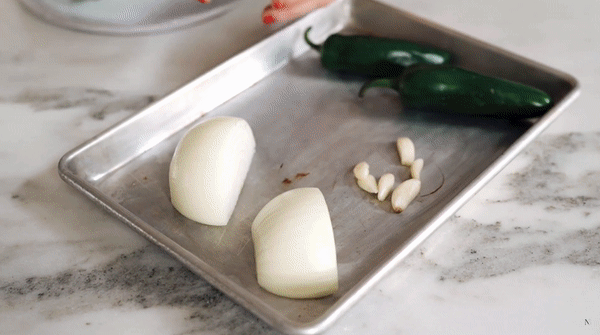
Root Vegetables
Beets, radishes, potatoes, carrots, parsnips, turnips, and horseradish are all considered to be root vegetables. They come straight from the ground so they require a little additional cleaning before they can be prepared.
Leafy Greens
These are pretty easy to differentiate as the category name explains their appearance. Kale, collard greens, spinach, arugula, ice burg lettuce, romaine, cabbage, beet greens, microgreens, Swiss chard, and endive are all leafy greens. They’re extremely versatile and packed with nutrition, but more on that later.
Cruciferous Vegetables
You want to think of broccoli, cauliflower, bok choy, brussels sprouts, and watercress here. Technically speaking, cabbage and radishes fall under this category as well, so there is a bit of overlap to be aware of.
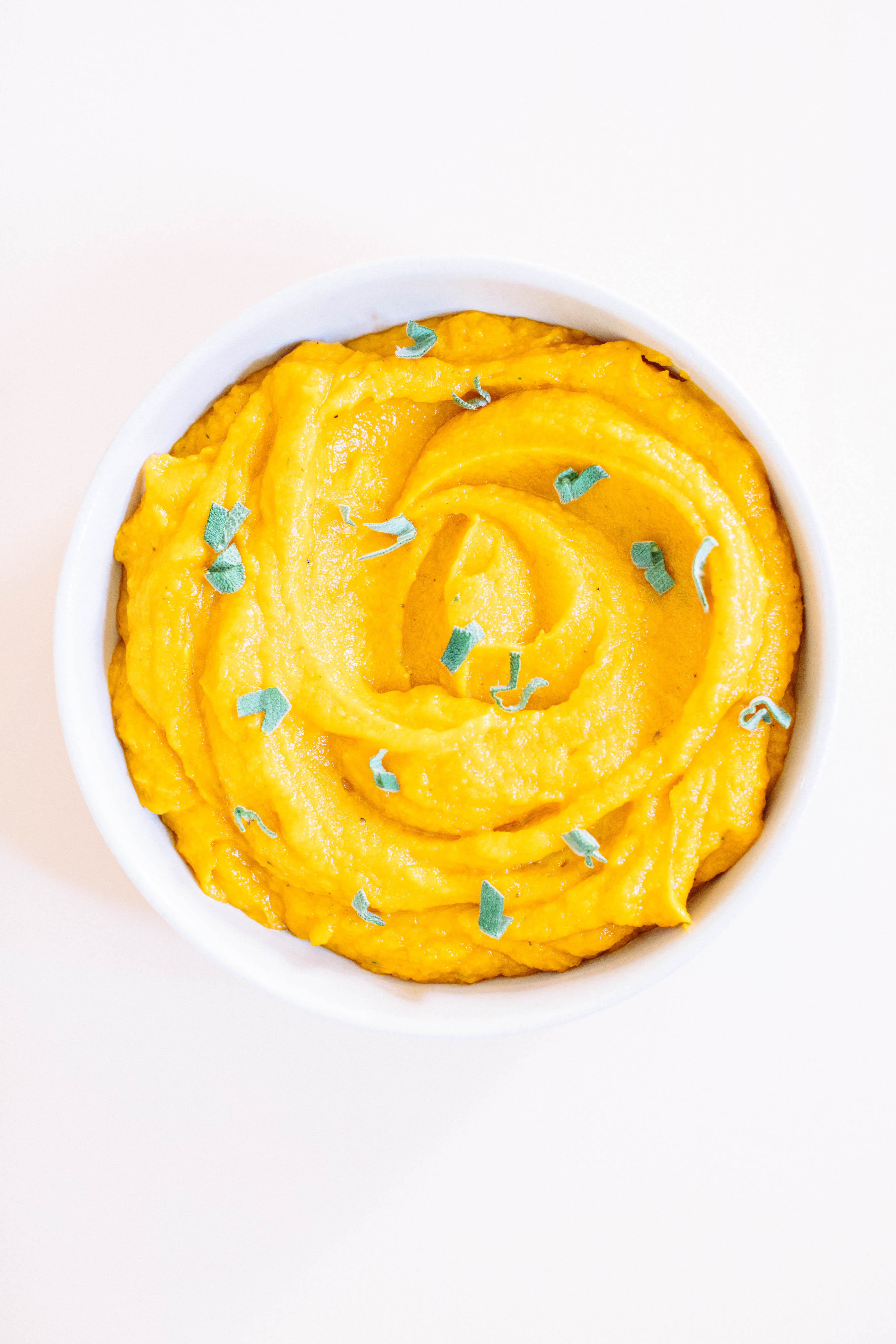

Fruit Vegetables
The vegetables that are really fruits but referred to as vegetables due to their taste and flavor profiles are found here. Avocados, tomatoes, peppers, cucumbers, pumpkin, eggplant and olives are some of the most popular ones.
Gourds and Squashes
This category has Thanksgiving written all over it! Acorn squash, butternut squash, and delicata squash are probably the most popular in this category.
Fungi
All the mushrooms are fungi; portobello, button, shiitake, oyster, you name it. While fungi scientifically speaking aren’t considered to be vegetables, you get the picture.
Stalk Vegetables
Stalk vegetables are fairly easy to denote, as they all have a stalk! Celery, fennel, and rhubarb are all great examples of this.
Pod and Seed Vegetables
Lastly, we have the pod and seed variety. Green beans, peas and snow peas are all made up of pods and seeds.
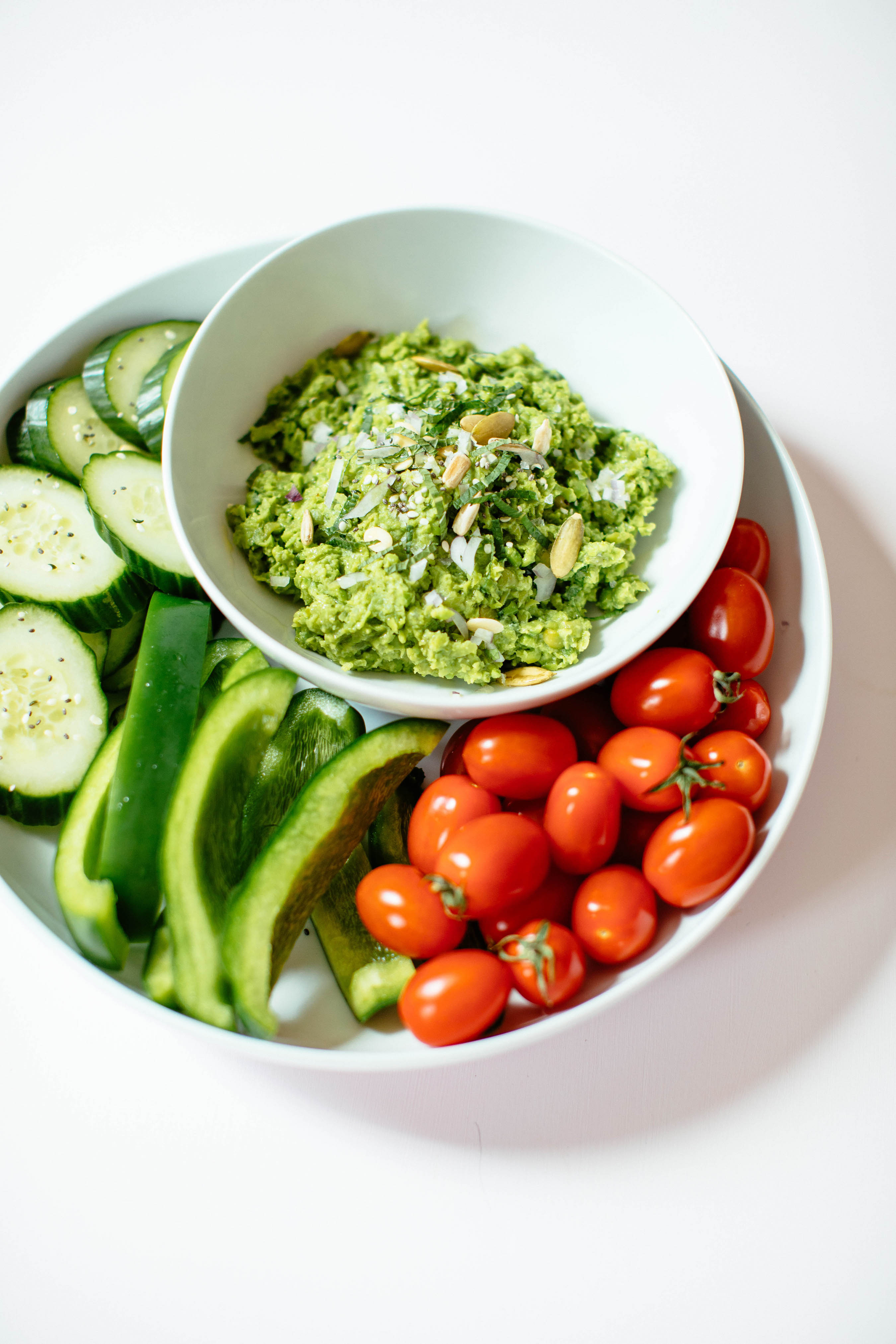
How To Prepare Vegetables
Now that we know what exactly we’re working with, let’s discuss how to prepare and cook those vegetables.
Step 1: Cleaning Vegetables
Always, always, always clean your veggies! Whether you got them at the grocery store, farmer’s market or a friend’s garden, they all need a good wash before making their way to your plate.
The journey the vegetable has taken from the earth to your plate denotes how much cleaning they really need. Root vegetables, for example, should be thoroughly rinsed, maybe even scrubbed to ensure there isn’t any dirt or grime left over. Pod and seed, gourds and fruit vegetables may not need as vigorous of a clean.
Coldwater and a vegetable brush will generally do the trick, but a four to one mixture of water and vinegar works great as well.
Mushrooms are probably the trickiest category to clean, as they tend to get very soft very quickly. Just be sure to not let them soak and to pat them try as soon as they’ve been rinsed.
Step 2: Cutting Vegetables
Before we jump into the ins and outs of cutting your veggies, be sure to check out the knife skills section of the Healthy Cooking Series. Here we explain what knives to use, how to wield your tools and the importance of uniformity.
As long as you’ve got your basic knife skills down pat, this next part will be a breeze. Most vegetables are pretty straight forward in terms of cutting and preparing them. Some require a few extra steps or have some tips and tricks, while others you can just roughly chop and be on your way.
Let’s go in order of category.
Root vegetables are pretty straight forward. You generally want to slice off the rough end, then proceed by slicing, chopping or dicing depending on what you’re making. If you’re looking for a very smooth, soft end product, sometimes peeling the outer layer first is best (think creamy mashed potatoes).
Leafy greens will differ depending on how they’re purchased. If they’re already bite-sized and ready to go (baby spinach or arugula), no additional prep is really necessary. If you instead purchase a head of lettuce, you want to chop an inch off the bottom, remove the core, remove the outer layer of wilted leaves, then cut the head in half twice.
Just remove the stems from the big leaves for greens like kale or Swiss chard then slice the leaves into ribbons.
Cruciferous vegetables can get really messy if you try to mess with the ‘treetops’ too much. Instead, just chop off the rough stems until they’re in bite-sized pieces.
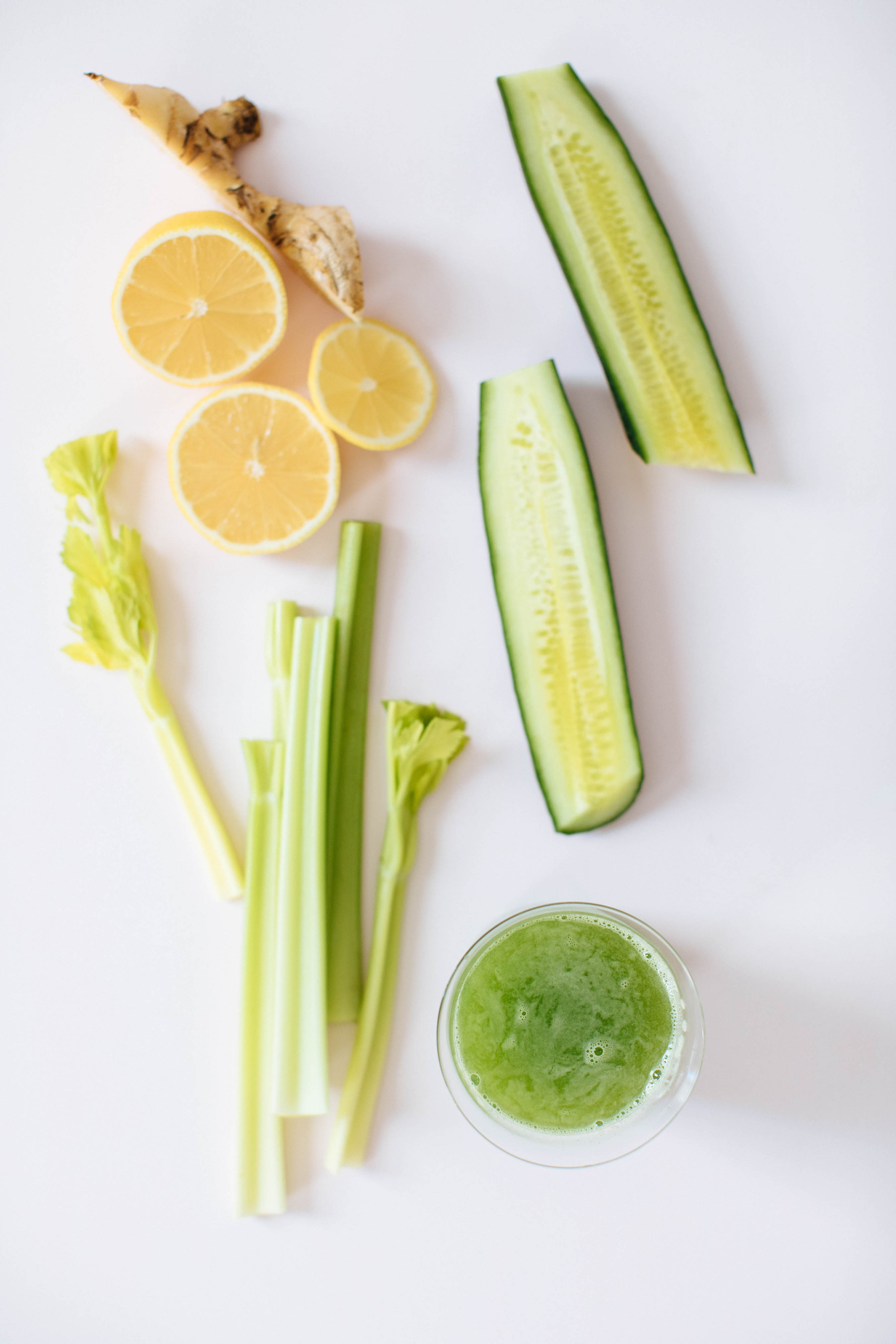
Fruit vegetables will differ greatly from one to the other. I always recommend using a serrated knife when chopping or dicing tomatoes, it gives you a great grip and clean cut.
When preparing bell peppers, you can slice off the top and bottom, then slice through the outer skin of one side of the pepper without slicing the whole thing in half. Once sliced, open up and unravel the pepper so you have a long rectangle with the seeds facing upwards. Now just run your chef’s knife along the inner edge to remove the seeds and white parts. From here you can julienne, chop or dice the pepper as needed.
Gourds and squashes are pretty straight forward. First scoop out the seeds, then proceed by cutting the vegetable into the desired shape; may that be half moons, rings or cubes.
Fungi don’t require much thought, just chop or dice once cleaned.
Stalk vegetables simply require the top and the tail to be chopped off. They can then be diced, chopped or left as is depending on your needs.
Bean and pods require the same prep as the stock vegetables! Just chop off the inedible tops and tails and you’re good to go.
Methods For Cooking Vegetables
We could easily spend hours describing the many ways vegetables can be prepared, but the whole purpose of this article is to make things easy for you so we’ll spare you.
Instead, we’ll walk you through our top two ways to prepare vegetables. That way, you’ll have a quick list to refer to and eventually master that can be used to cook any vegetable you’d like.
Roast
Roasting vegetables is simple once you have the key components down pat. You first want to preheat your oven to 425 degrees Fahrenheit. Next, you want to coat your vegetable lightly with olive oil and whatever spices/seasonings you choose (check out How To Play With Seasonings And Spices for some help with this).
Spread the vegetables out on a baking sheet leaving plenty of space between each piece. Keep an eye on them as they cook, the goal is to get a bit of browning on the edges so they have a bit of a crunch to them – not too soft but not too hard.
If you want to roast different vegetables at the same time, stick to the categories. Such as broccoli and cauliflower or sweet potato and carrots, this will ensure everything is finished at (about) the same time.
Sauté
In my opinion, sautéing is a lazy cook’s best friend. Let’s face it, we all have those nights where we want dinner to be prepped and ready ASAP.
Much of the prep work is the same as roasting. Set your heat to medium-high heat and coat your vegetables with a small amount of oil and spices. Avocado oil works great here due to it having a higher smoke point. Once the skillet is hot and ready, toss the vegetables in and cook until they’re the texture you like best. Five minutes should do the trick, but if you’d rather them a bit crispy then leave them on for a bit longer.
Putting the lid of the skillet on top will get them to cook a bit faster, but it will cause them to steam a bit which may alter the texture. Just keep this in mind when you’re debating texture over time!
NS Recommends
Have some fun in the kitchen! Practice your chopping, dicing and slicing techniques in accordance with your vegetable choices. The more you practice the more comfortable you’ll feel.
As you’re experimenting and cooking vegetables, here are some tools we recommend using:
- Wood pantry lazy susan for all of your spices
- Stainless steel skillet for your sautéing
- The best chef’s knife for chopping, slicing, and dicing
Recipes To Try
Now that you’ve got the basics down pat, here are some recipes you can use to test out your skills and get some inspiration!
Connect With Us
Show us your vegetable cooking skills on Instagram!
The next time you’re cooking vegetables, share it with us! You can show us by tagging us on Instagram with @nutritionstrippederica and @nutritionstripped or you can share it with the Nutrition Stripped community by tagging #nutritionstripped or #nswellnesscoaching.
We can’t wait to see your amazing results!
The post How To Cook Any Vegetable (And Make it Delicious!) appeared first on Nutrition Stripped.
from Nutrition Stripped https://ift.tt/3bZAi9f
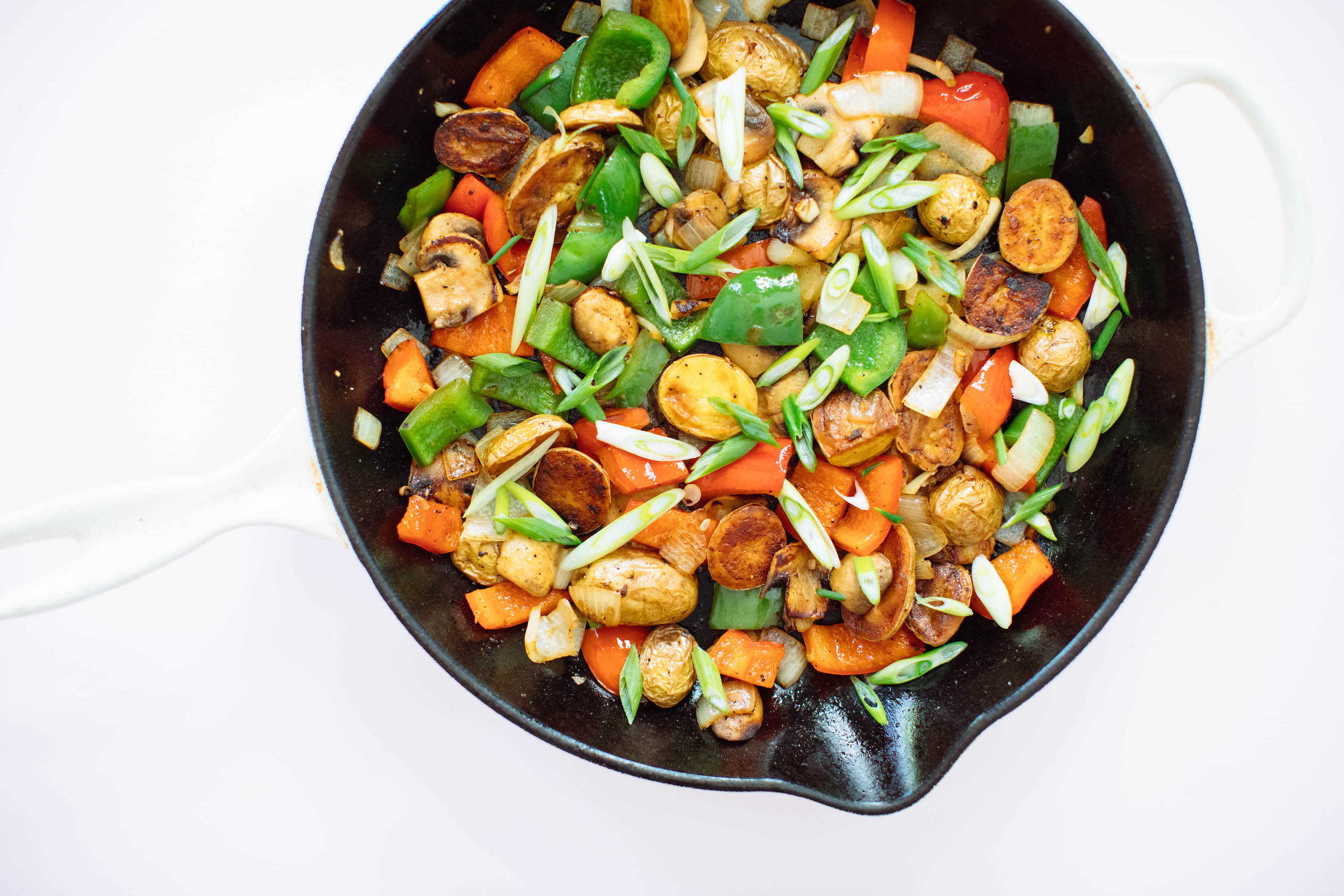
Post a Comment